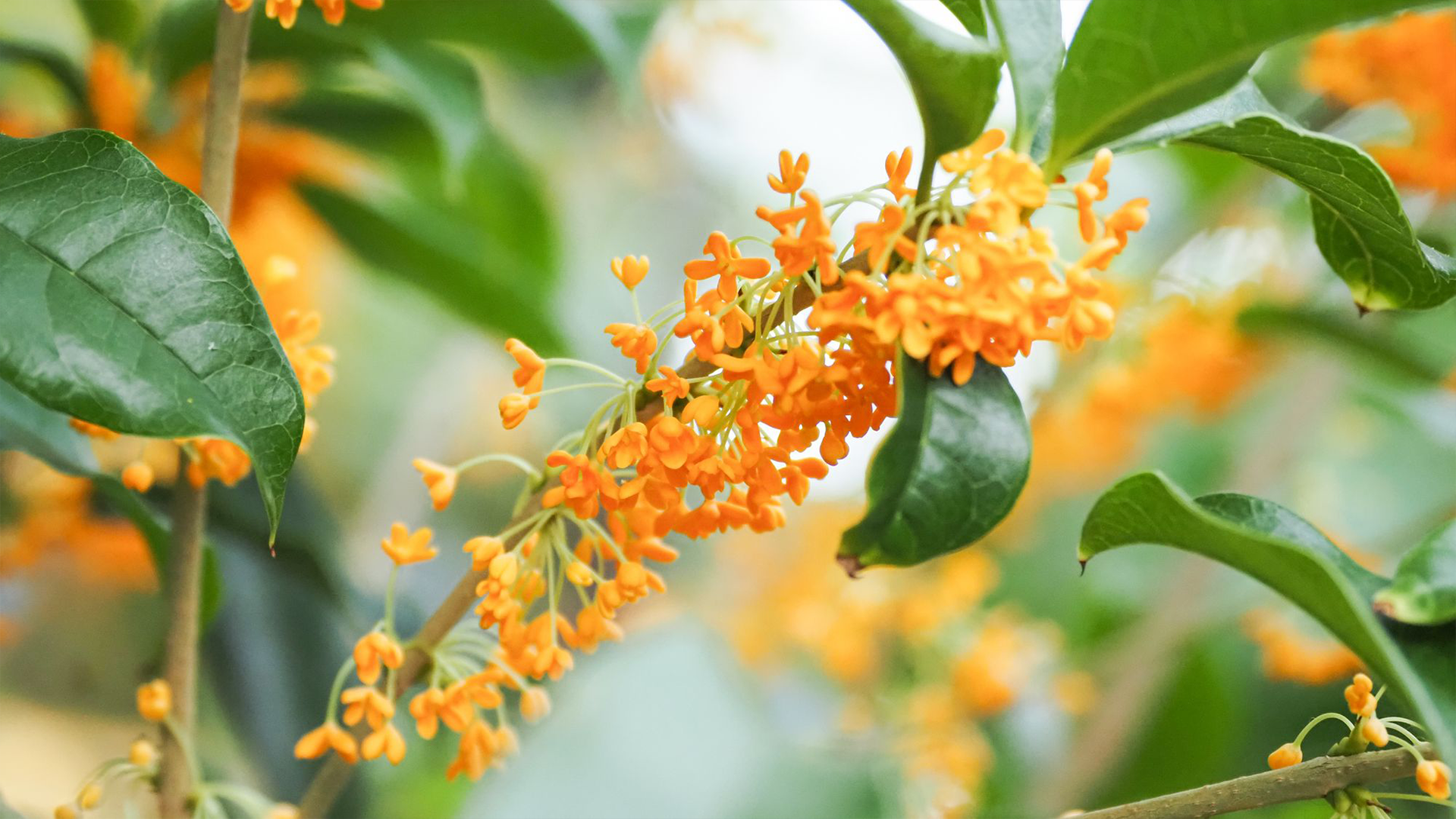
Vesak Day is a significant occasion in the Buddhist calendar celebrating three significant events in the life of Gautama Buddha: his birth, enlightenment, and attainment of nirvana. Celebrated this year on 22 May, it's an opportune time to delve into the profound symbolism of the lotus flower.
The lotus holds a revered place in Buddhism, embodying purity and enlightenment. Buddhists believe that just as the lotus bud emerges from muddy waters to blossom into a pristine flower, so too can individuals rise above the struggles of life, desire, and attachments to attain spiritual awakening and inner peace.
Belonging to the lotus family (Nelumbonaceae), the genus Nelumbo comprises only two species: the usually pink-flowered Nelumbo nucifera (sacred lotus) from Asia and Australia, and the yellow-flowered Nelumbo lutea (American lotus) from southeastern Canada through Colombia and parts of the Caribbean. Despite their geographical isolation, these two species can still be interbred, and have produced numerous magnificent lotus hybrids and cultivars.
 The most conspicuous part of the lotus flower is the perianth, consisting of the whorls of the sepals and petals, here in pink. The yellow funnel-shaped part in the center is the receptacle, the thickened base of the flower stem which bears the floral organs, and the hairy, yellow structures surrounding the receptacle are the stamens.
The most conspicuous part of the lotus flower is the perianth, consisting of the whorls of the sepals and petals, here in pink. The yellow funnel-shaped part in the center is the receptacle, the thickened base of the flower stem which bears the floral organs, and the hairy, yellow structures surrounding the receptacle are the stamens.
Beyond its symbolic importance and beauty, the lotus also offers culinary delights. Its seeds, rhizomes, and petals are all edible. The kernels of the lotus seeds, commonly used in Asian cuisine, are prized for their crunchy texture and nutty flavor and can be eaten whole when raw, or if dried, boiled and rehydrated, once the bitter inner green shoot is removed. Cooked, sweetened lotus seed paste is traditionally used in the fillings of mooncakes. The lotus rhizomes are popular in savory dishes for their crispness and mild sweetness. As to the lotus petals, they are sometimes used in salads or stir-fries, adding both visual appeal and subtle taste. While lotus leaves are not eaten, they are often used as wrappers to steam foods such as glutinous rice, adding a subtle and delicious aroma.
 The mature lotus seeds in the dried lotus pod are actually an aggregate fruit composed of several nuts sunken in a swollen receptacle. The dark outer epicarp of the lotus seed is very hard and needs to be removed before the innermost kernel is used as a food.
The mature lotus seeds in the dried lotus pod are actually an aggregate fruit composed of several nuts sunken in a swollen receptacle. The dark outer epicarp of the lotus seed is very hard and needs to be removed before the innermost kernel is used as a food.
On this Vesak Day, let us reflect on the profound teachings of Buddhism symbolized by the lotus flower. From its spiritual significance to its culinary versatility, the lotus serves as a reminder of the beauty and potential for enlightenment within us all.
 In Kingfisher wetland, water lily (left) and lotus (right) and water lily are grown together, and with their similar appearance, it can be confusing for the visitors, but actually they belong to two distinct families with some notable differences: the leaves of water lily (genus Nymphaea) are thick and waxy, always floating on the surface of water; on the other hand, the leaves of lotus (genus Nelumbo) are thin and papery, usually rise far above the surface of water on tall stalks. In addition, only water lily has a recognizable notch in each leaf. As to the flowers, the sepals and petals of water lilies are thin and pointed, while the sepals and petals of lotus are wider, more rounded, and spoon shaped. After the flowers wilt, the flower of water lily will close and be drawn below the water’s surface, but for lotus, the sepals and petals will drop and the receptacle holding the seeds will continue to develop above the surface of the water.
In Kingfisher wetland, water lily (left) and lotus (right) and water lily are grown together, and with their similar appearance, it can be confusing for the visitors, but actually they belong to two distinct families with some notable differences: the leaves of water lily (genus Nymphaea) are thick and waxy, always floating on the surface of water; on the other hand, the leaves of lotus (genus Nelumbo) are thin and papery, usually rise far above the surface of water on tall stalks. In addition, only water lily has a recognizable notch in each leaf. As to the flowers, the sepals and petals of water lilies are thin and pointed, while the sepals and petals of lotus are wider, more rounded, and spoon shaped. After the flowers wilt, the flower of water lily will close and be drawn below the water’s surface, but for lotus, the sepals and petals will drop and the receptacle holding the seeds will continue to develop above the surface of the water.
Come and find beautiful lotus blooming among the waterlilies in Lotus Pond within the Kingfisher Wetlands, which is right next to Satay by the Bay!
Zeke Chen, Manager (Conservatory Operations)
Ever since his tiny hands could hold on to a small toy shovel and sowed the first apricot seed in the garden, the passion for plants has started to grow in Zeke’s heart.



